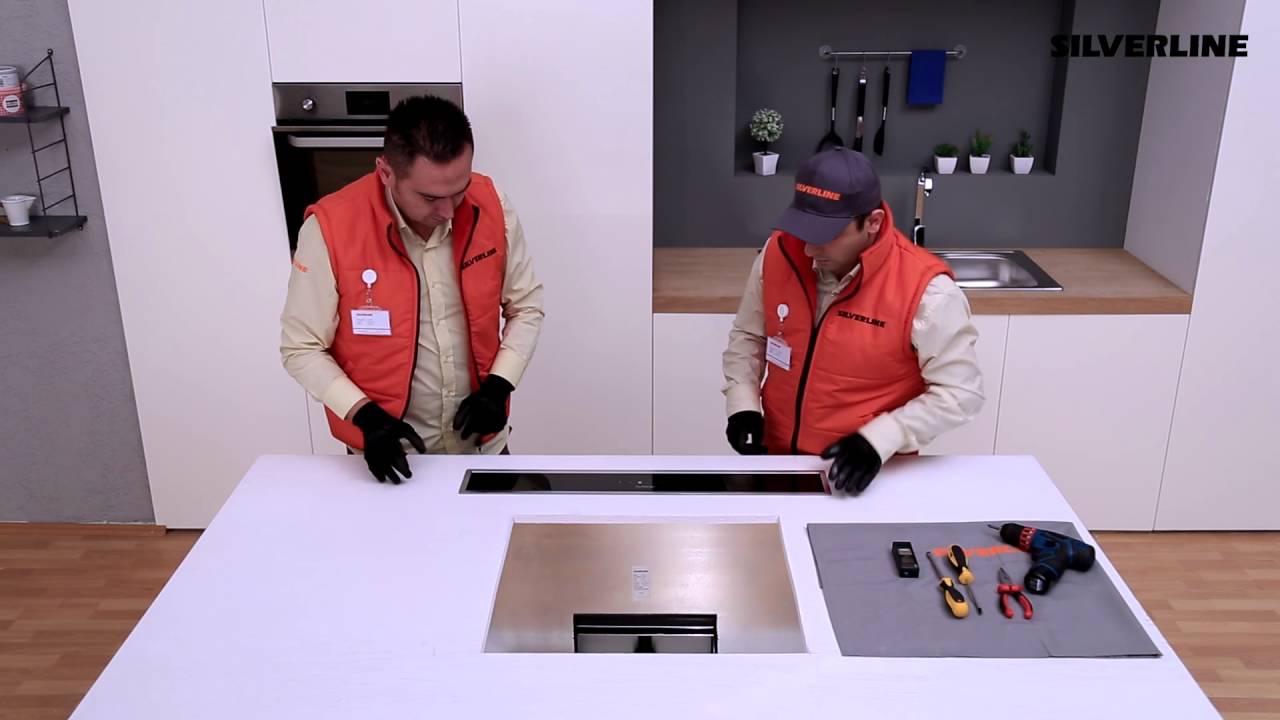

Articles
How To Install A Downdraft Cooktop
Modified: January 19, 2024
Learn step-by-step instructions on how to install a downdraft cooktop in this informative article. Find expert tips and tricks for a successful installation.
(Many of the links in this article redirect to a specific reviewed product. Your purchase of these products through affiliate links helps to generate commission for Storables.com, at no extra cost. Learn more)
Introduction
Installing a downdraft cooktop is a great way to add both functionality and style to your kitchen. With its sleek design and efficient ventilation system, a downdraft cooktop offers a convenient cooking experience while eliminating the need for traditional range hoods or overhead vents.
Whether you are remodeling your kitchen or simply upgrading your appliances, installing a downdraft cooktop can be a relatively straightforward task. By following a few simple steps and gathering the necessary tools and materials, you can have your new cooktop up and running in no time.
In this guide, we will walk you through the step-by-step process of installing a downdraft cooktop, from preparing the installation area to connecting the downdraft vent and securing the cooktop in place. So, let’s get started and bring a breath of fresh air to your kitchen!
Key Takeaways:
- Upgrade your kitchen with a sleek and efficient downdraft cooktop, following a straightforward installation process. Enjoy improved ventilation and a stylish cooking experience with this rewarding project.
- Ensure a safe and functional installation by preparing the installation area, connecting the downdraft vent, and securing the cooktop in place. Test the system for proper airflow and functionality before enjoying your newly installed downdraft cooktop.
Read more: What Is Downdraft Cooktop
Step 1: Gather necessary tools and materials
Before you begin the installation process, it is important to gather all the necessary tools and materials. This will ensure a smooth and efficient installation process. Here is a list of items you will need:
- Screwdriver
- Adjustable wrench
- Electrical tape
- Tubing cutter
- Plumber’s putty or silicone sealant
- Level
- Drill with appropriate bits
- Measuring tape
- Pencil or marker
- Gas pipe adapter (if it is a gas cooktop)
- Downdraft cooktop
- Downdraft vent system
- Mounting brackets and screws
Make sure to check the manufacturer’s instructions or consult a professional if you are unsure about any specific tools or materials needed for your particular cooktop model.
Once you have gathered all the necessary tools and materials, you are ready to move on to the next step of the installation process.
Step 2: Preparing the installation area
Before installing the downdraft cooktop, it is important to prepare the installation area to ensure a secure and stable placement. Follow these steps to prepare the installation area:
- Turn off the power: Before starting any work, make sure to turn off the power to the cooking area at the circuit breaker. This will prevent any electrical accidents during the installation process.
- Measure and mark: Use a measuring tape to determine the exact dimensions of the cooktop and mark the area where it will be installed. Use a pencil or marker to make the markings clearly visible.
- Cut an opening: If there is an existing cooktop or range, you will need to remove it first. Carefully disconnect the gas or electrical connections, and remove the old cooktop. Once removed, use the markings as a guide to cut a corresponding opening in the countertop for the new downdraft cooktop.
- Check for clearance: Ensure that there is enough clearance below the countertop for the downdraft vent system. The manufacturer’s instructions will specify the required clearance. You may need to make adjustments to the cabinets or remove drawers to create adequate space.
- Level the countertop: Use a carpenter’s level to check if the countertop is level. If it is not, use shims to level it out. A level countertop is important for proper installation and functionality of the downdraft cooktop.
- Clear the area: Remove any debris, dust, or objects from the installation area. Make sure the surface is clean and free of any obstruction that could hinder the installation process.
By properly preparing the installation area, you will create a sturdy and suitable space for the downdraft cooktop. Once you have completed these steps, you are ready to move on to the next phase of the installation process.
Step 3: Prepare the downdraft system
Before installing the downdraft cooktop, it is important to prepare the downdraft system to ensure proper ventilation and functionality. Follow these steps to prepare the downdraft system:
- Review the manufacturer’s instructions: Read through the instructions provided by the manufacturer for your specific downdraft system. This will give you a clear understanding of the installation process and any specific requirements.
- Assemble the downdraft vent: Lay out all the components of the downdraft vent system and ensure that all the necessary parts are present. Follow the manufacturer’s instructions to assemble the vent system properly.
- Connect the vent ducting: Determine the placement of the downdraft vent system and connect the vent ducting accordingly. Use the appropriate size of ducting recommended by the manufacturer to ensure proper airflow and ventilation.
- Seal the connections: Use plumber’s putty or silicone sealant to seal the connections between the vent ducting and the downdraft vent. This will prevent any leaks or air gaps that could affect the efficiency of the ventilation system.
- Position the downdraft vent: Carefully place the downdraft vent in the designated area, ensuring that it is level and aligned with the cooktop opening. Use screws or mounting brackets, as specified in the manufacturer’s instructions, to secure the vent in place.
- Check the ventilation system: Before moving on to the next step, test the ventilation system to ensure it is functioning properly. Turn on the downdraft vent and check for proper airflow and suction. Make any necessary adjustments or repairs if there are any issues.
By properly preparing the downdraft system, you will ensure effective ventilation and optimum performance of your downdraft cooktop. Once you have completed these steps, you are ready to proceed with the installation process.
Step 4: Install the downdraft vent
Now that you have prepared the downdraft system, it’s time to install the downdraft vent. Follow these steps to ensure a proper installation:
- Double-check the location: Verify that you have accurately marked the placement of the downdraft vent. It should align with the cooktop opening and be centered within the designated area.
- Prepare the countertop: Apply a thin bead of silicone sealant or plumber’s putty around the edges of the cooktop opening. This will create a watertight seal between the countertop and the downdraft vent.
- Lower the downdraft vent: Carefully lower the downdraft vent into the cooktop opening, ensuring that it sits securely on the countertop. Apply gentle pressure to create a tight seal with the silicone sealant or plumber’s putty.
- Secure the downdraft vent: Use the screws or mounting brackets provided with the downdraft vent to secure it in place. Follow the manufacturer’s instructions on the proper installation method for your specific model.
- Check for proper alignment: Once secured, ensure that the downdraft vent is level and aligned with the cooktop, with no gaps or misalignments. Use a level to confirm its placement.
- Tighten any loose connections: Double-check all the connections between the downdraft vent and the cooktop. Ensure that they are securely tightened and properly aligned for optimal airflow.
- Inspect for any leaks: Test the downdraft vent by turning it on and running it for a brief period. Check for any signs of air leaks around the edges or connections. If you notice any leaks, tighten the connections or apply additional sealant as needed.
By following these steps, you can ensure a secure and functional installation of the downdraft vent. Once the downdraft vent is properly installed, you can proceed to the next step of connecting it to the cooktop.
When installing a downdraft cooktop, make sure to carefully measure the cutout dimensions in your countertop to ensure a proper fit. It’s important to follow the manufacturer’s instructions for venting and electrical requirements to ensure safe and efficient operation.
Read more: How To Vent Downdraft Cooktop
Step 5: Connect the downdraft vent to the cooktop
Now that the downdraft vent is securely installed, it’s time to connect it to the downdraft cooktop. Follow these steps to ensure a proper connection:
- Review the manufacturer’s instructions: Read through the instructions provided by the cooktop manufacturer for connecting the downdraft vent. Follow their specific guidelines, as different models may have different connection methods.
- Position the cooktop: Carefully position the downdraft cooktop on the countertop, aligning it with the downdraft vent opening. Ensure that the cooktop is level and centered in the designated area.
- Access the connection area: Remove any access panels or covers on the cooktop to access the connection area for the downdraft vent. Refer to the manufacturer’s instructions for specific guidance on accessing this area.
- Connect the vent ducting: Attach the vent ducting from the downdraft vent to the designated exhaust opening on the cooktop. Follow the manufacturer’s instructions for the proper method of connection, which may involve twisting, sliding, or securing with clips.
- Tighten the connections: Ensure that all connections between the downdraft vent and the cooktop are secure. Use any provided screws or fasteners to tighten the connections, or consult the manufacturer’s instructions for the appropriate method.
- Apply sealant: Once the connections are secure, apply a small amount of silicone sealant or heat-resistant tape around the connections. This will create a tight seal to prevent any air leaks during operation.
- Reinstall access panels: After confirming that all connections are secure, reattach any access panels or covers on the cooktop. Make sure they are properly aligned and securely fastened.
By following these steps, you can ensure a proper connection between the downdraft vent and the downdraft cooktop. This will allow for efficient and effective ventilation while cooking. Once the connection is made, you can move on to the next step of the installation process.
Step 6: Secure the cooktop in place
With the downdraft vent and cooktop connected, it’s time to secure the cooktop in its final position. Follow these steps to ensure a stable and secure installation:
- Double-check the position: Confirm that the downdraft vent and cooktop are properly aligned and centered within their respective openings. Make any necessary adjustments to ensure they are aligned.
- Attach the mounting brackets: Most downdraft cooktops come with mounting brackets that need to be secured to the countertop. Follow the manufacturer’s instructions to attach the brackets in the designated areas.
- Secure the cooktop: Lift the cooktop and carefully slide it into the opening, ensuring that it rests securely on the countertop. Align the mounting brackets on the cooktop with the brackets attached to the countertop.
- Tighten the brackets: With the cooktop in position, use screws or fasteners to securely tighten the mounting brackets. This will hold the cooktop firmly in place, preventing any movement or instability during use.
- Level the cooktop: Use a level to ensure that the cooktop is level in all directions. If necessary, adjust the positioning and tighten the brackets accordingly to achieve a level surface.
- Check for stability: Gently test the cooktop to make sure it is stable. Apply light pressure in different areas to ensure there is no wobbling or movement. If the cooktop feels unstable, recheck the mounting brackets and make any necessary adjustments.
- Reconnect utilities: Once the cooktop is securely in place, reconnect the gas or electrical supply. Follow the manufacturer’s instructions or consult a professional to ensure the proper and safe reconnection of utilities.
By securely fastening the cooktop to the countertop, you can ensure a stable and safe cooking environment. Once the cooktop is securely installed, you are ready to move on to the next step of the installation process.
Step 7: Test the downdraft system
After installing the downdraft cooktop and vent, it is important to test the downdraft system to ensure it is functioning properly. Follow these steps to test the system:
- Clear the cooking area: Remove any objects or debris from the cooktop and surrounding area. This will allow for unobstructed airflow during testing.
- Turn on the downdraft vent: Flip the switch or turn the knob to activate the downdraft vent. You should notice the vent system starting to pull air downward.
- Check airflow: Light a candle or hold a small piece of tissue paper near the vent opening to check the airflow. The flame of the candle should be drawn towards the vent or the tissue paper should be pulled towards it.
- Adjust fan speed: If your downdraft system has adjustable fan speed, test each setting to determine the strength of the airflow. Make sure there are noticeable changes in airflow at different settings.
- Listen for noises: Listen for any unusual noises or vibrations coming from the downdraft vent system. Any loud, grinding, or unusual sounds may indicate a malfunction and should be addressed.
- Test the shut-off feature: If your downdraft vent has an automatic shut-off feature, test it by turning off the cooktop and observing if the vent shuts off within a reasonable amount of time.
- Perform a smoke test: Place a small amount of smoke near the cooktop to see if the downdraft system effectively removes it. A well-functioning system should quickly pull the smoke downward and dissipate it.
- Inspect for potential issues: While performing the tests, observe for any signs of leakage, abnormal odors, or improper functioning. If you notice anything out of the ordinary, consult a professional to address the issue.
By testing the downdraft system, you can ensure that it is working efficiently to remove cooking odors, smoke, and vapors. If any issues arise during testing, it is advisable to seek professional assistance to address the problem before regular use of the cooktop.
Step 8: Final touches and clean-up
With the installation and testing of the downdraft cooktop complete, it’s time to give some attention to the final touches and clean-up. Follow these steps to wrap up the installation process:
- Check for any loose connections: Double-check all the connections, including gas or electrical lines, to ensure they are secure. Tighten any loose connections if necessary.
- Reinstall any removed components: If you had to remove any drawers, cabinets, or other components during the installation process, make sure to reinstall them properly.
- Clean the cooktop and surrounding area: Wipe down the cooktop surface and the surrounding area with a damp cloth to remove any dust or debris. Refer to the manufacturer’s instructions for any specific cleaning recommendations.
- Dispose of packaging and waste: Properly dispose of any packaging materials and waste generated during the installation process. Follow local recycling and disposal guidelines for safe and eco-friendly disposal.
- Test the cooktop functionality: Turn on the cooktop and test each burner to ensure they are functioning properly. Adjust the heat settings and check for even heat distribution.
- Read and familiarize yourself with the user manual: Take some time to read and familiarize yourself with the user manual provided by the manufacturer. This will help you understand the features and maintenance requirements of your new downdraft cooktop.
- Enjoy your newly installed downdraft cooktop: With the installation process complete and the cooktop fully functional, take a step back and enjoy the enhancements it brings to your kitchen.
By following these final steps, you can ensure that the installation process is wrapped up neatly, and your kitchen is clean and ready for use. Now it’s time to enjoy the convenience and functionality of your newly installed downdraft cooktop!
Read also: 8 Unbelievable Downdraft Cooktop For 2024
Conclusion
Installing a downdraft cooktop is a rewarding project that can greatly enhance the functionality and aesthetics of your kitchen. By following the step-by-step process outlined in this guide and ensuring the proper gathering of tools and materials, you can successfully complete the installation with ease.
From preparing the installation area to securing the cooktop in place, each step plays a crucial role in ensuring a safe and efficient installation. Taking the time to properly prepare the downdraft system and connect it to the cooktop will result in effective ventilation, removing smoke, odors, and vapors from your cooking area.
As you complete the installation, make sure to test the downdraft system for proper airflow and functionality. Any issues or abnormalities should be addressed promptly by a professional to ensure the long-term performance of your downdraft cooktop.
Finally, don’t forget the final touches and clean-up to leave your kitchen looking pristine. Dispose of any waste, reinstall removed components, and familiarize yourself with the user manual to make the most of your new downdraft cooktop.
Now, with your downdraft cooktop installed, secured, and fully functional, you can enjoy a more efficient and enjoyable cooking experience. Delight in the sleek design, effective ventilation, and convenient features that your downdraft cooktop brings to your kitchen. Happy cooking!
Frequently Asked Questions about How To Install A Downdraft Cooktop
Was this page helpful?
At Storables.com, we guarantee accurate and reliable information. Our content, validated by Expert Board Contributors, is crafted following stringent Editorial Policies. We're committed to providing you with well-researched, expert-backed insights for all your informational needs.
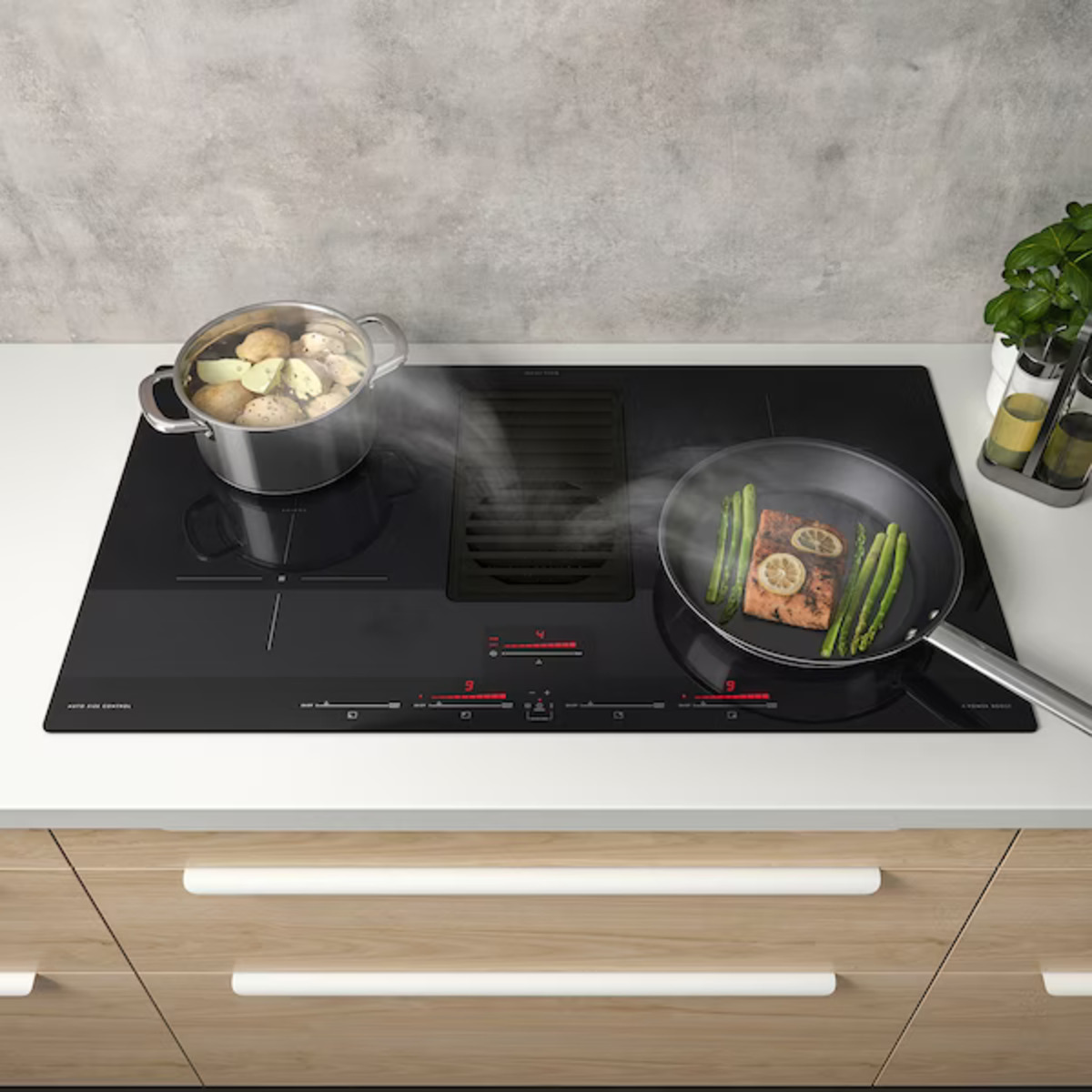
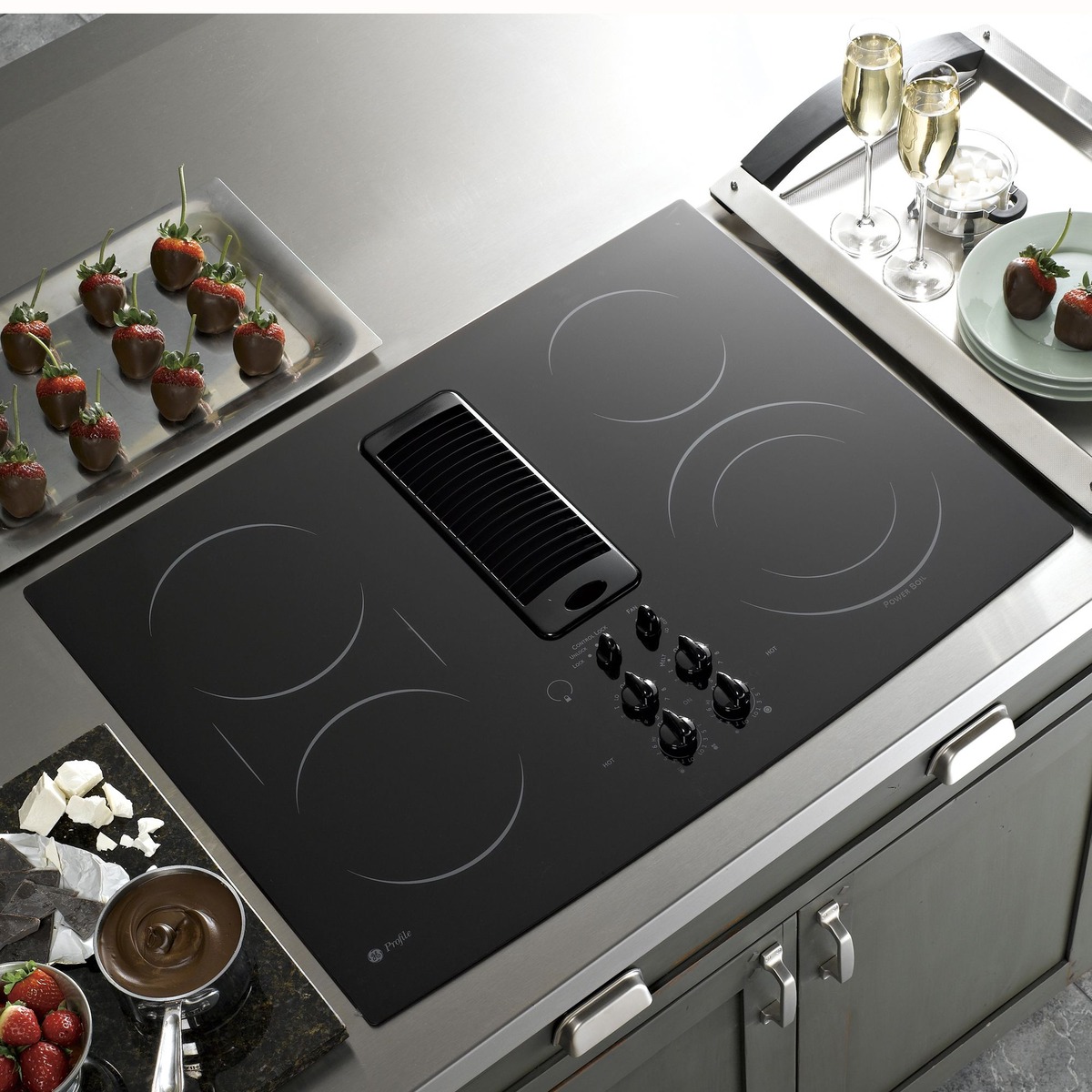
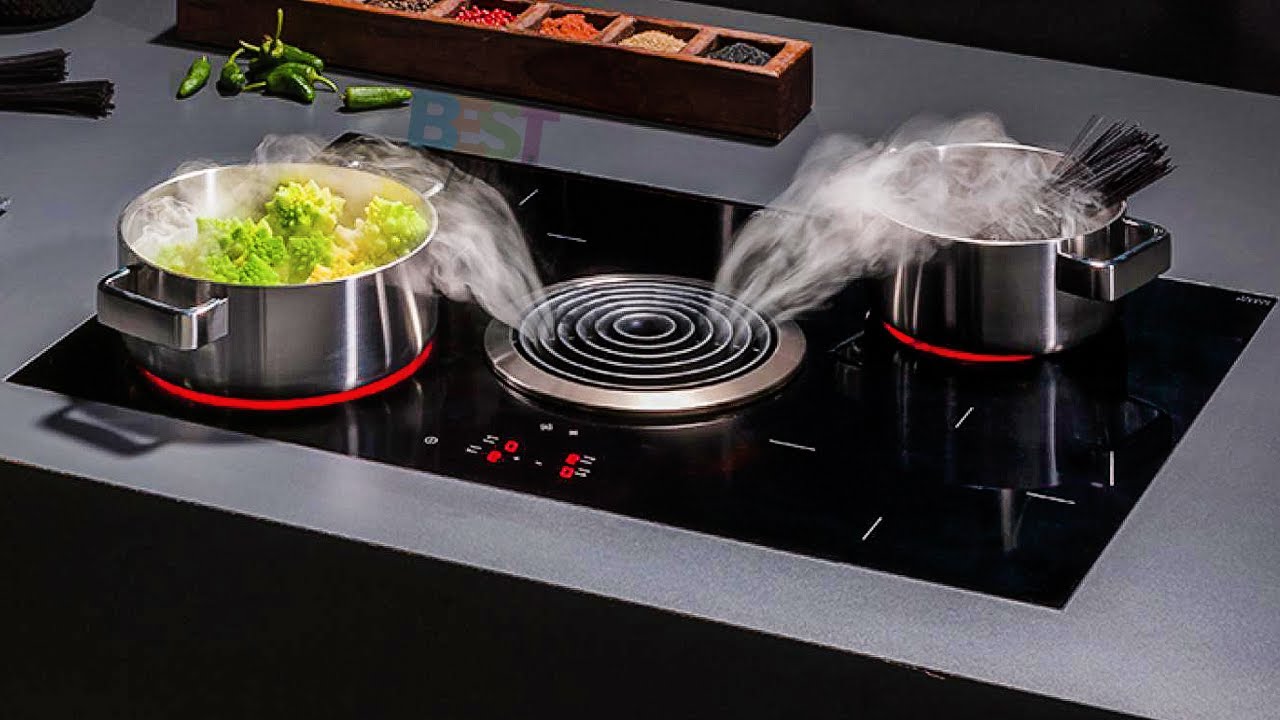
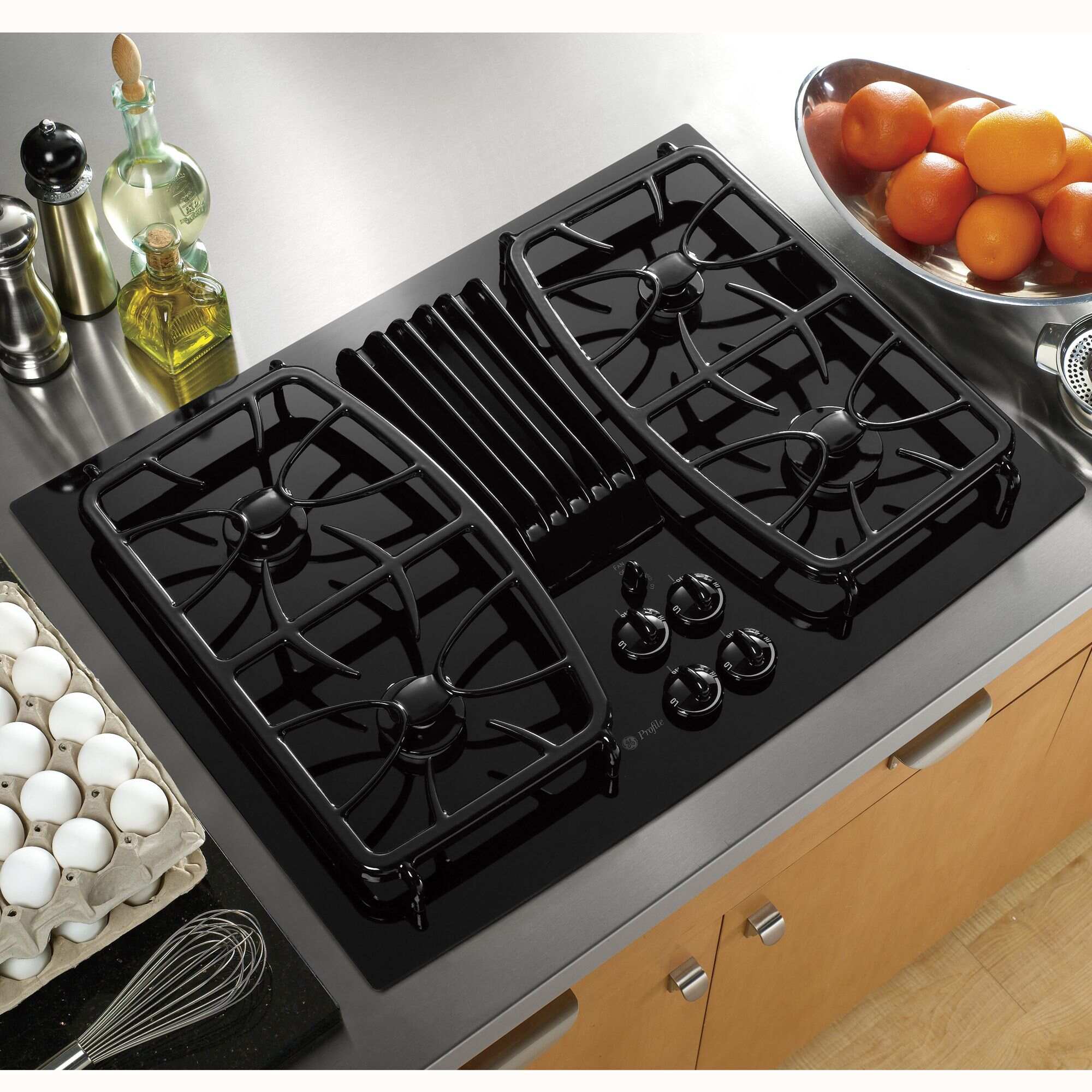
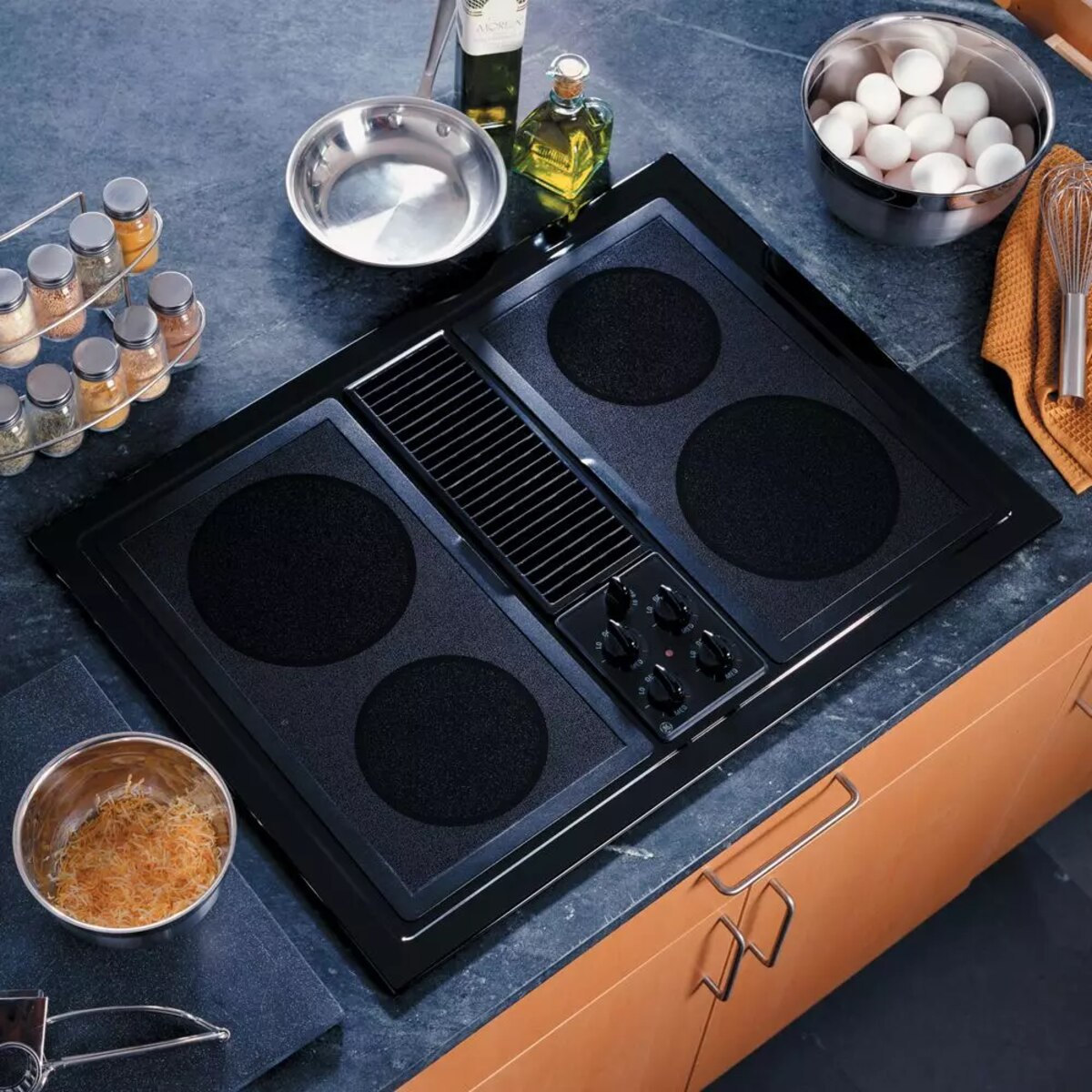
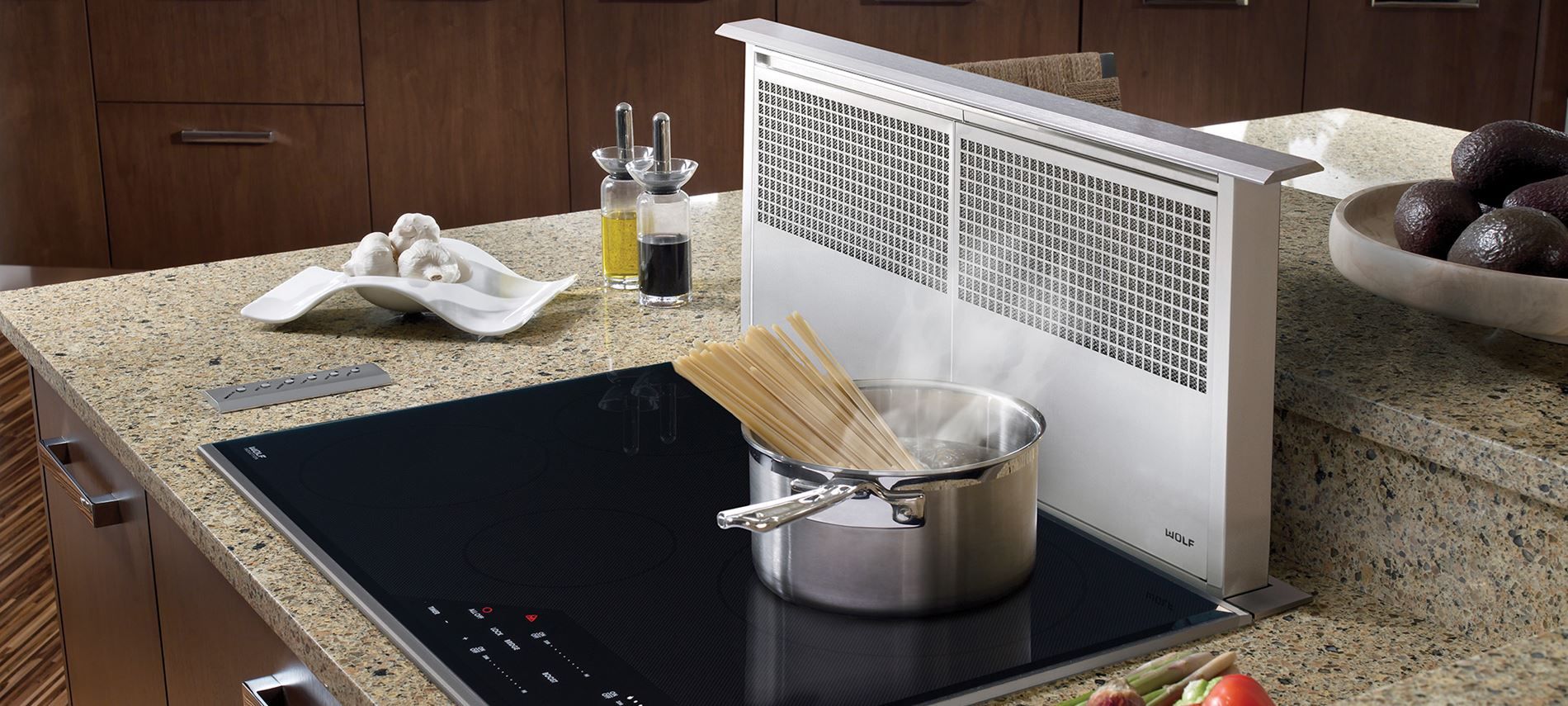
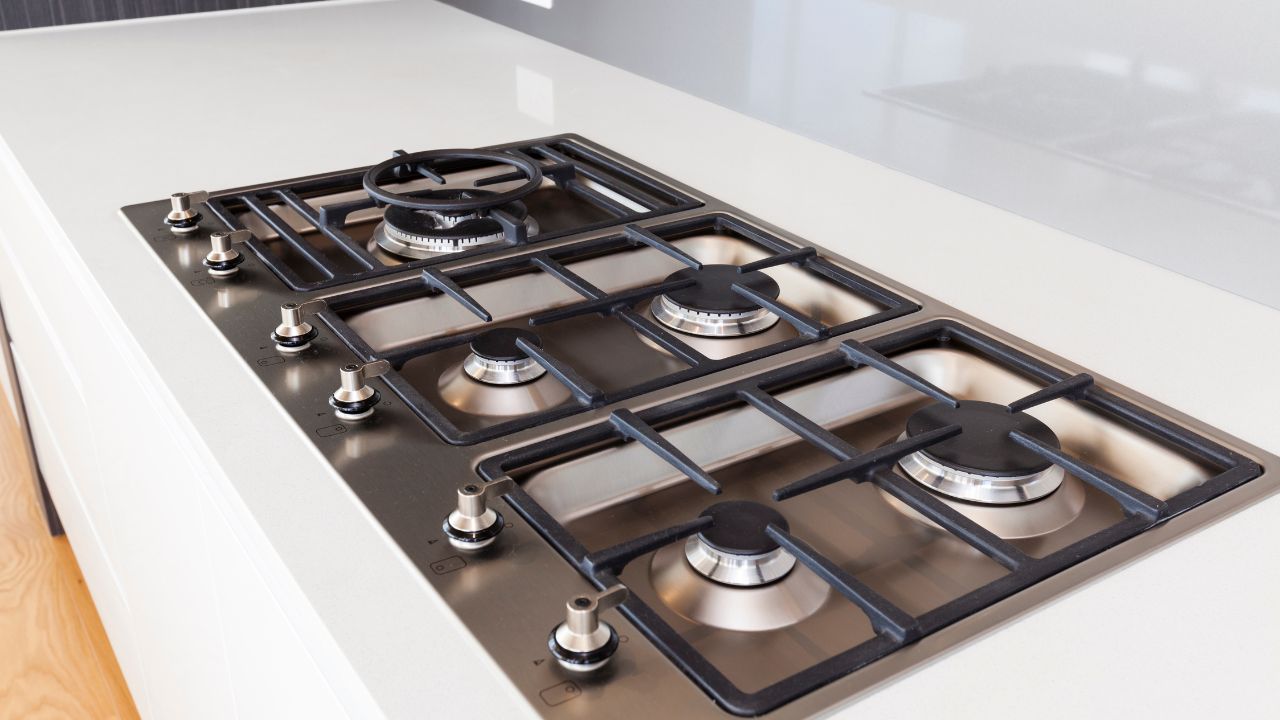
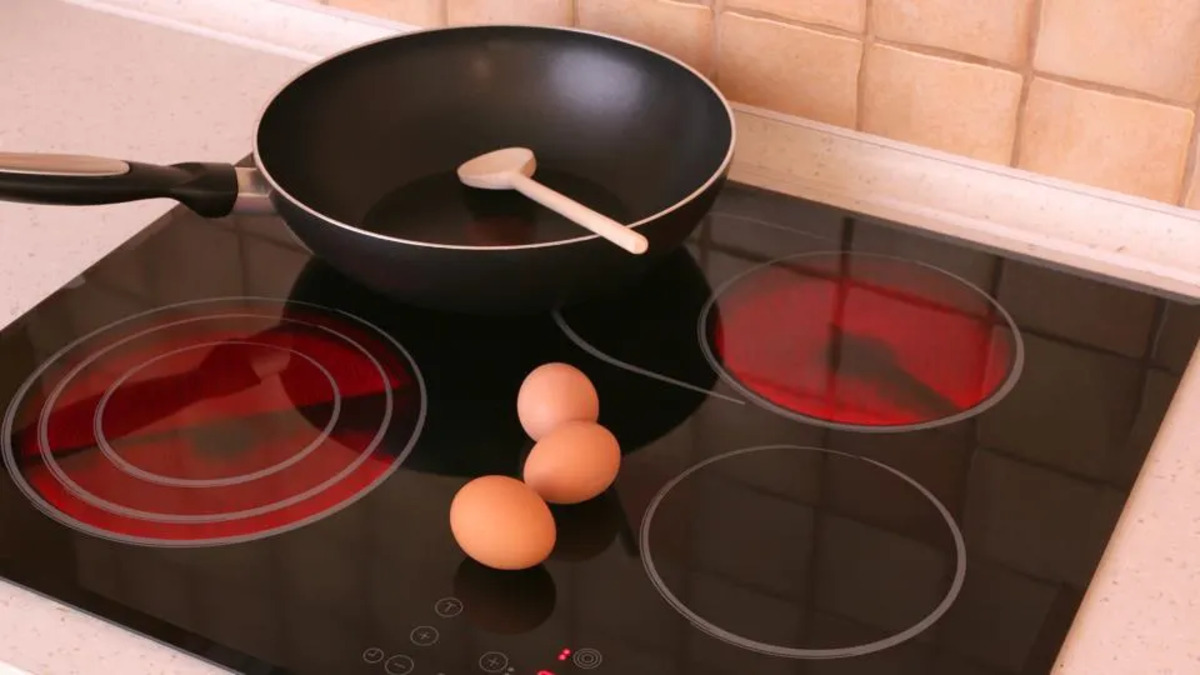
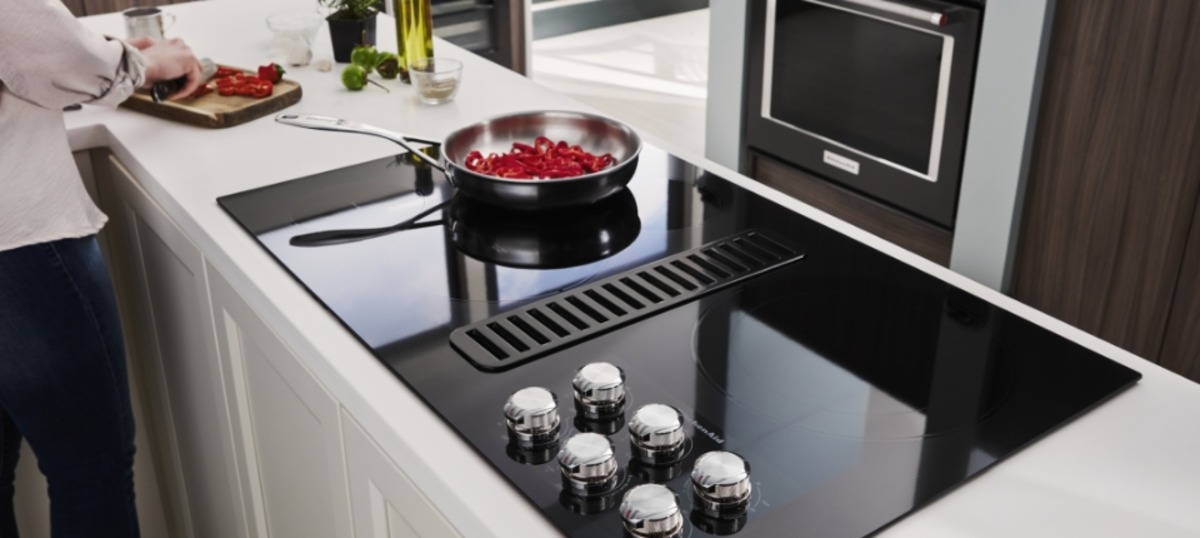
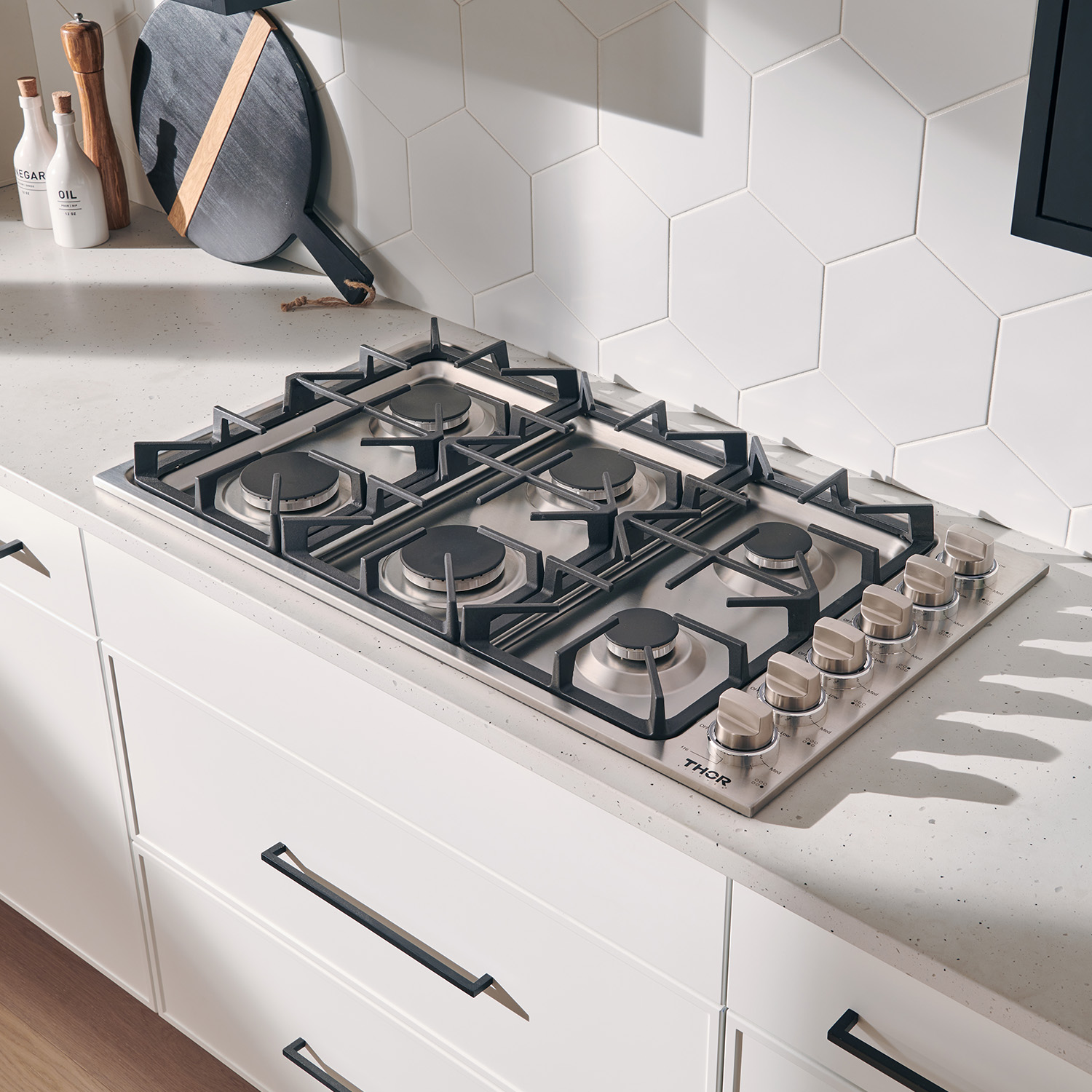
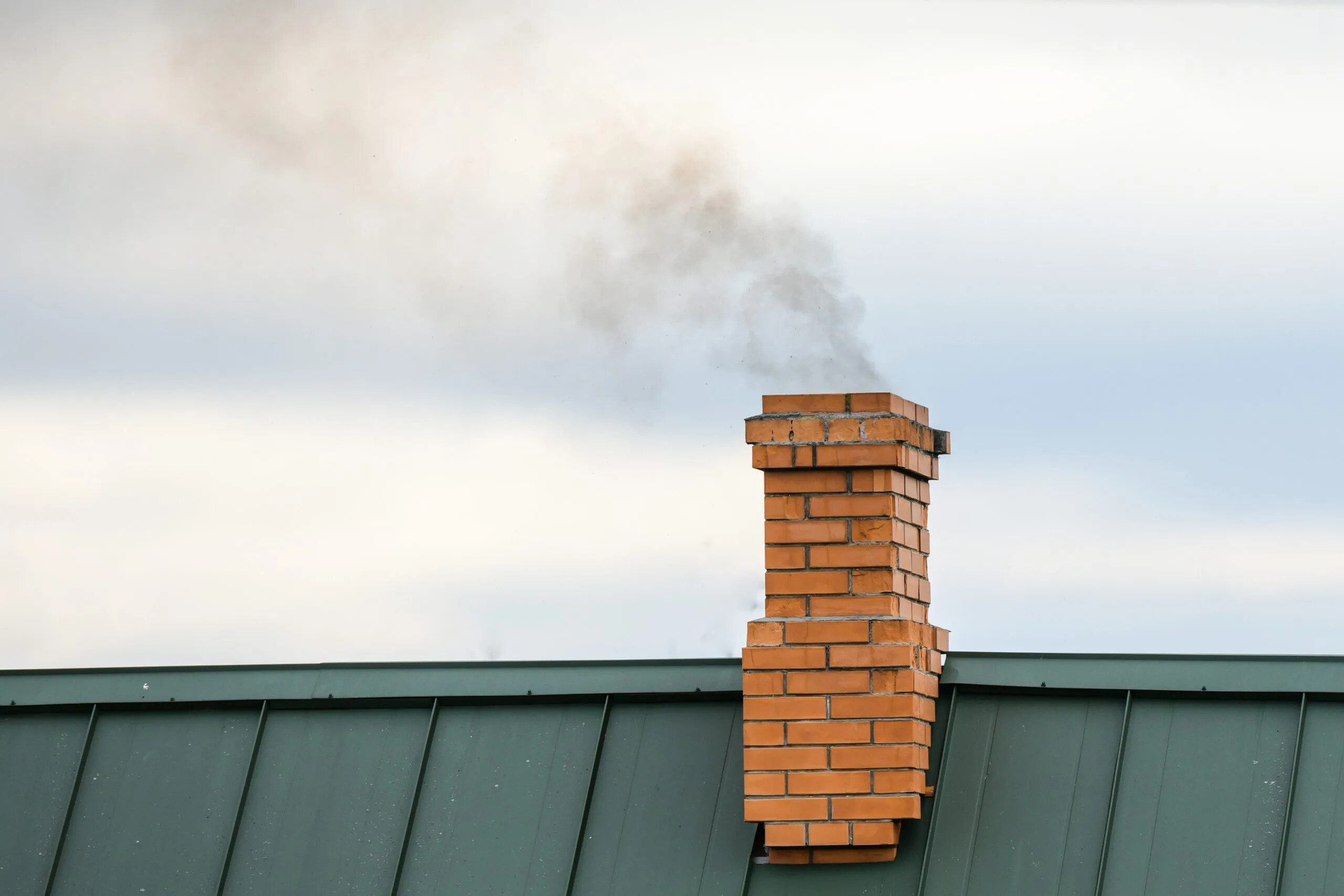
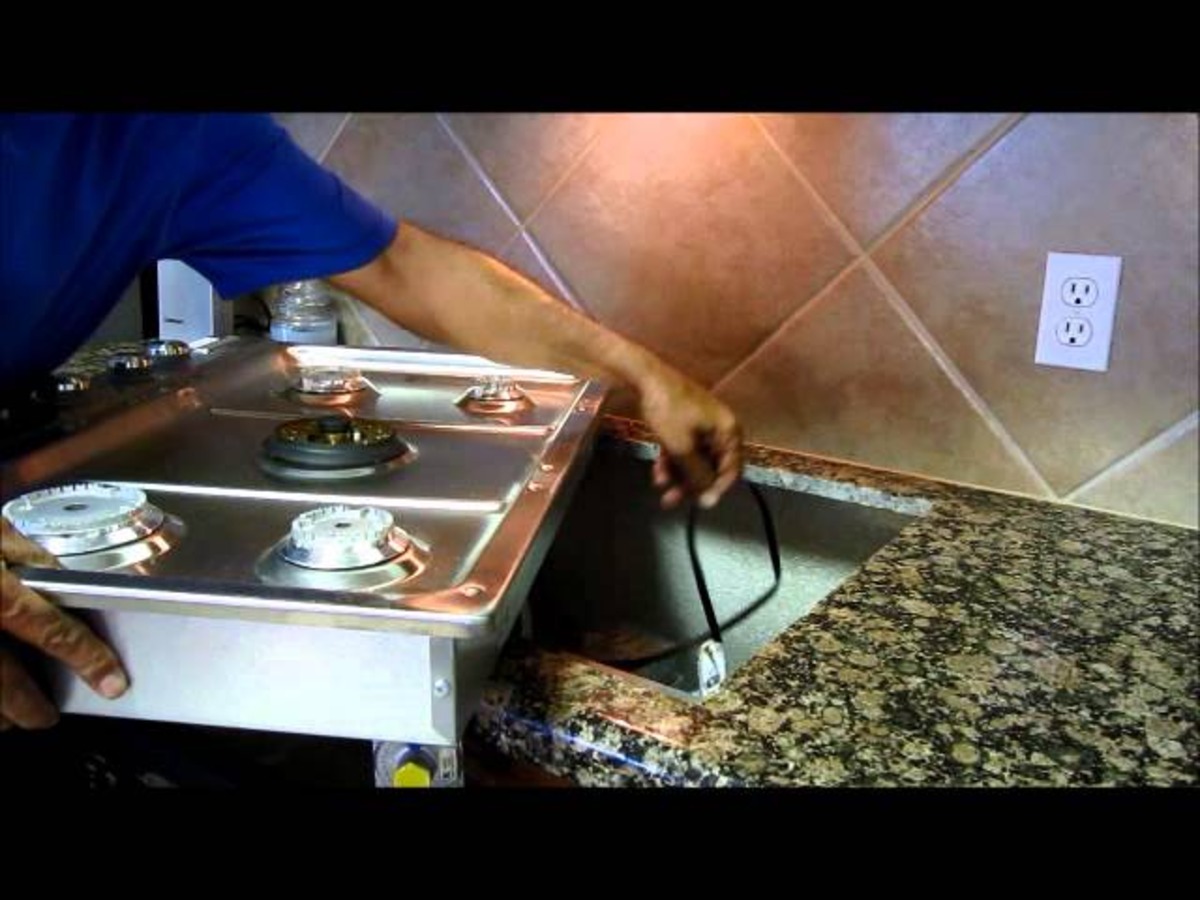
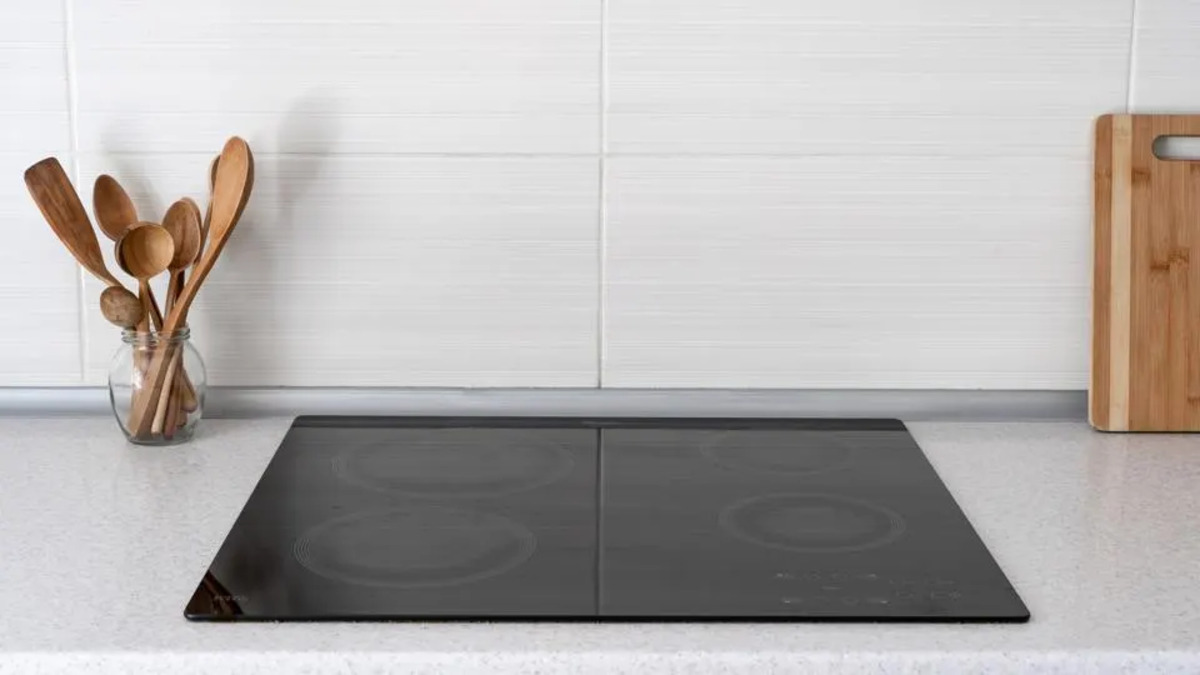

0 thoughts on “How To Install A Downdraft Cooktop”